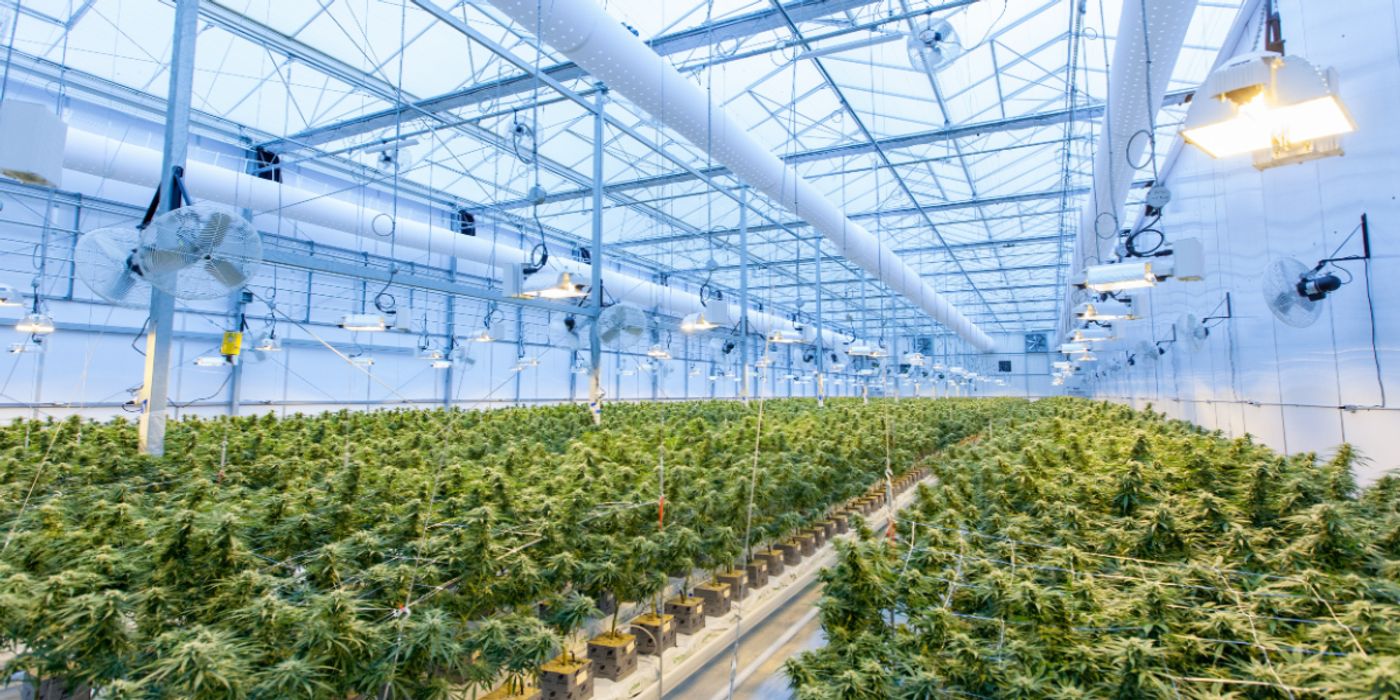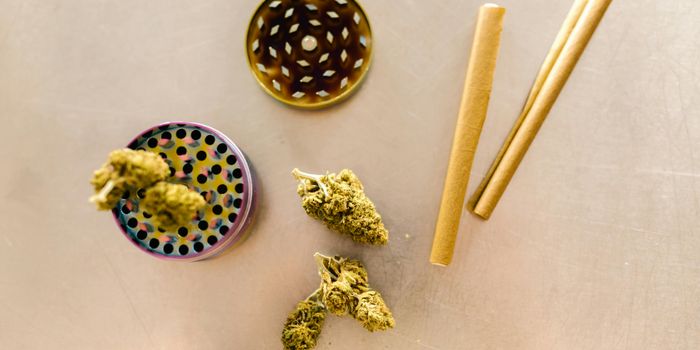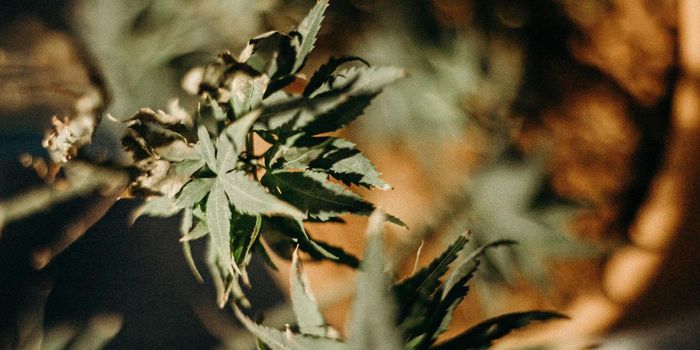Growing Cannabis Indoors is Not Eco Friendly

It does not make comfortable reading.
In the chapter, the authors cite previous 2012 research by Mills, which found that indoor cannabis growing made up 3 percent of California’s total electricity use and 1 percent of the electricity used nationally. Mills and Zeramby point out that this amount of energy could power two million homes. Or as they explain it another way, “the energy use for growing one 1-gram ‘joint’ creates 10 pounds of carbon dioxide pollution”—equivalent to the pollution you’d create from driving 11.3 miles in a car.
Indoor cannabis growers often defend their practice on the basis that on water usage, at least, it is less wasteful. But the authors counter this by saying the water “steadily evaporated from dams and cooling towers while producing the electricity destined for indoor cultivation facilities vastly exceeds the direct agricultural water needed to grow outdoors.”
But this review also highlights some positive changes that may make the crop more eco-friendly going forward. Historically, the illegality of cannabis meant growers had to keep the crop smuggled inside blacked out windows with powerful lights, filters and cooling units to keep odors from escaping. But with restrictions now lifted in many areas—and some states, like California, having a climate suitable for outdoor growing—the pressures that kept cultivation of the crop such an environmentally unfriendly enterprise are being eased.
In addition, some states, such as California, are considering the mandated use of LEDs for indoor cannabis production. This, together with use of snow melt waters and technologies that bring natural sunlight into indoor settings without added heat (so expensive air conditioning is not needed) may yet turn things around.
Given the current environment cost, there’s little question that cannabis producers need to get on board with these types of changes fast.
Sources: Leafly, ResearchGate








